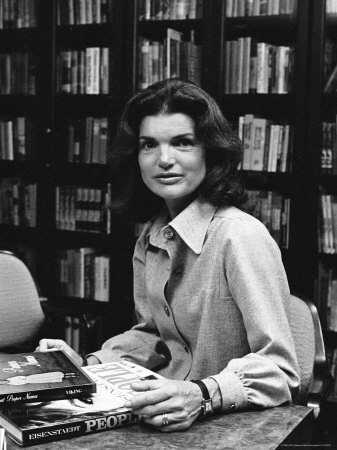 |
| Issue 88, Fall 2013 |
The Committee Room recently talked with Linda Swanson-Davies, co-editor and co-founder of
Glimmer Train, a leading American literary magazine. An independent publication based in Portland, Oregon,
Glimmer Train was established in 1990 by Swanson-Davies and her sister Susan Burmeister-Brown. Neither woman had an academic background in literature. They were simply voracious readers who wanted to bring good writing to a larger audience.
The journal's title comes from the sisters having had no plans to start a literary journal but could in retrospect see that glimmers of the idea had gone through their minds. Now that the idea had fully emerged they were going forward with it like a locomotive speeding down the rails.
Glimmer Train is published three times a year in carefully put together print issues, including a Spring/Summer double issue. Swanson-Davies and Burmeister-Brown strongly believe that a handsome physical publication reflects the enduring quality of its contents. They are also committed to paying the writers whose work appears in
Glimmer Train. Over $50,000, funded by contest fees and subscriptions, goes to writers each year.




